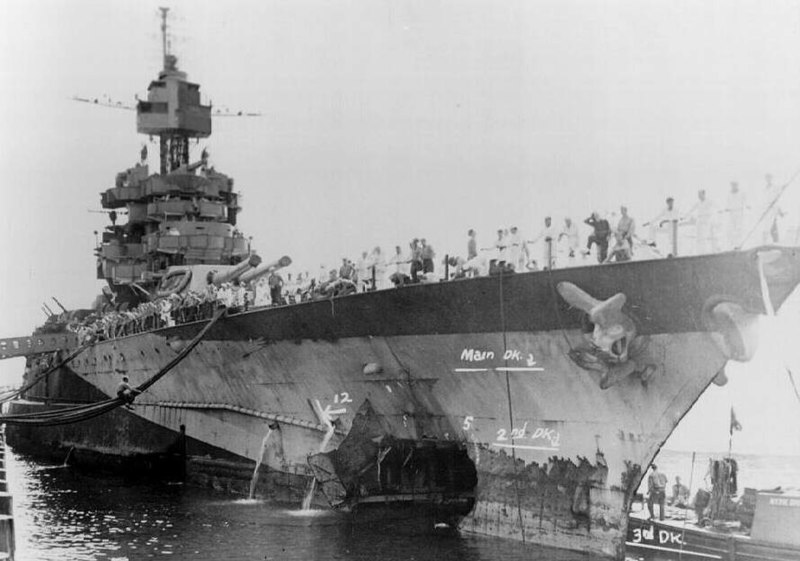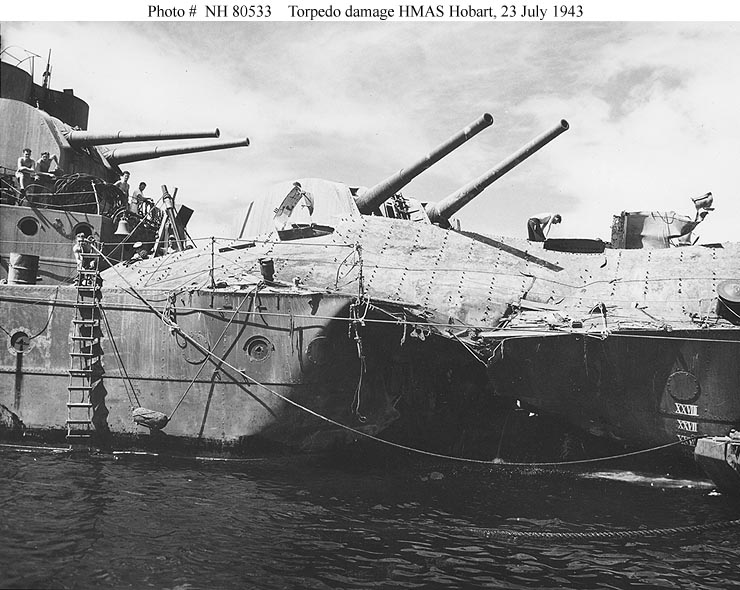daftandbarmy
Army.ca Dinosaur
- Reaction score
- 26,569
- Points
- 1,160
Colin P said:Keep in mind these ships were expected to be hit by shells weighing 2700lbs and survive and fight back, with modern self-defense systems, that becomes a serious target and would take a lot of resources to combat, not to mention they would not be alone, toss in a sub, Arleigh Burke and a few others, you have a potent force. The WWII Iowas could reach out to 32km, likely with modern guns they could throw out smaller but equally lethal shells to twice that distance and do it for days on end, before they would have to leave the theatre to resupply.
And AFAIK that was their main purpose in supporting amphibious landings: providing sea based artillery support, in enough depth 24/7 in all weather, to protect the bridgehead forces while artillery could be transferred from ship to shore in enough quantities to take over.
I met a guy who was in 1st Abn Div at D Day that loved battleships. They were their salvation during the tough fights to stem the German counterattacks over the Orne etc. And this during a campaign where the Allies had pretty much complete air supremacy.
However, if we see ourselves never having to do those kind of operations again, you probably don't need battleships.



